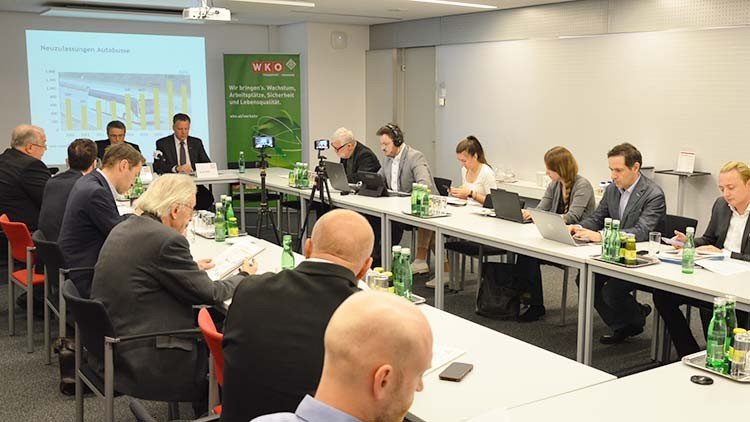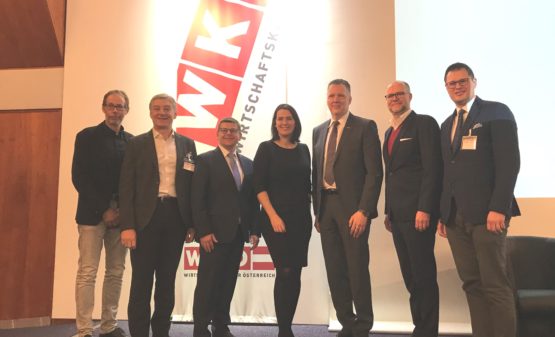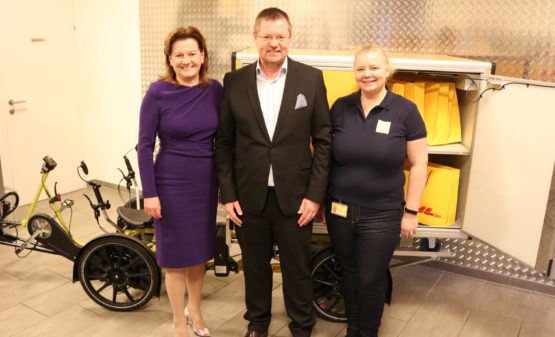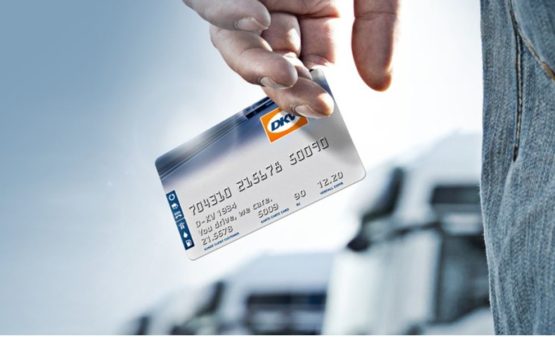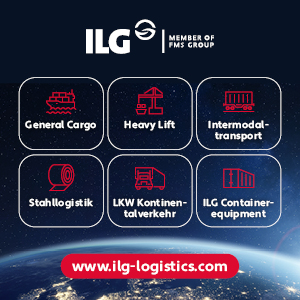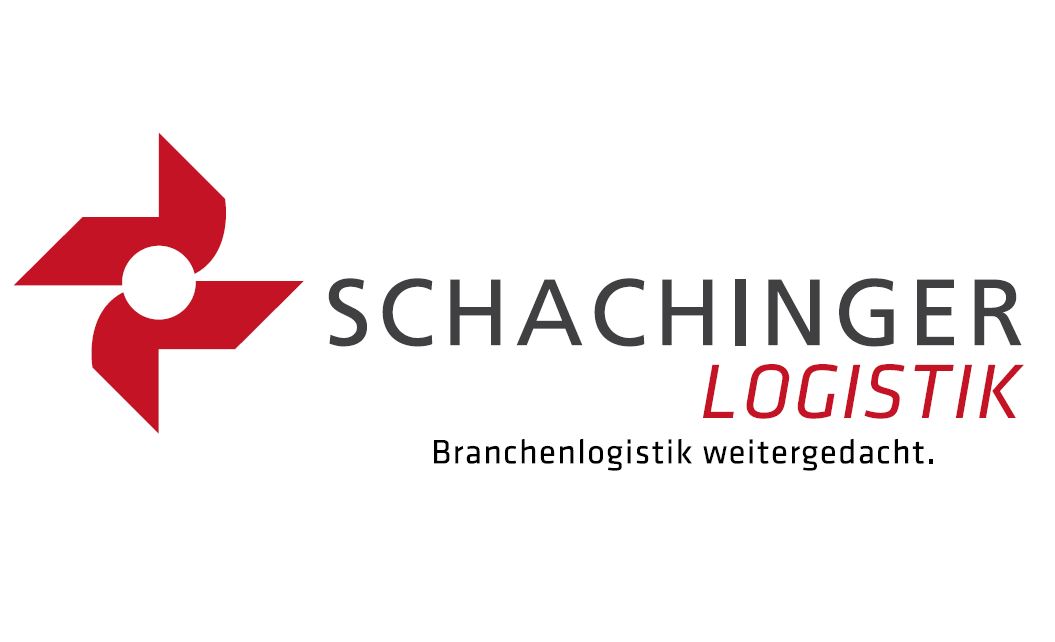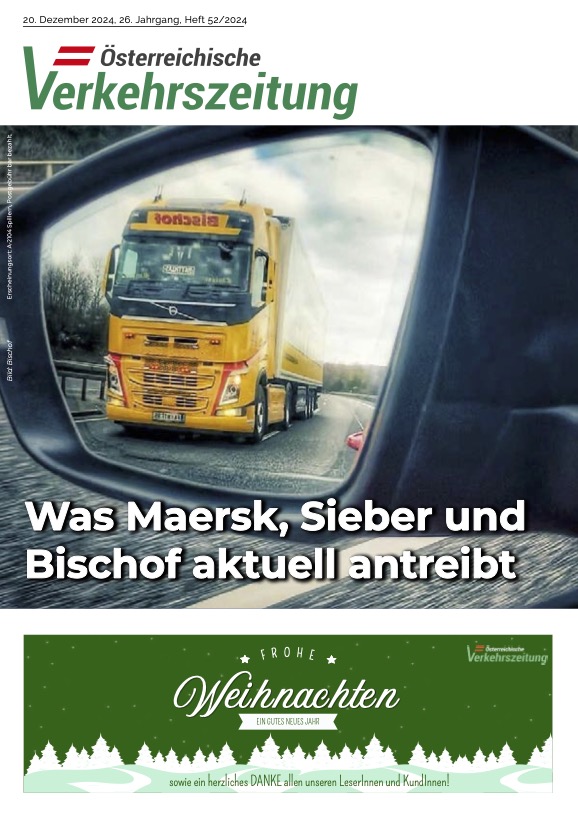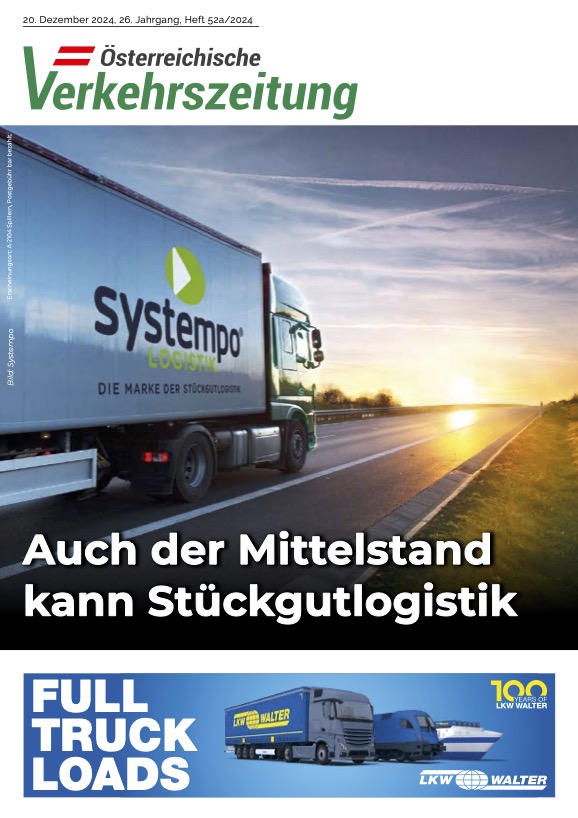A 5-point program for the future of Alpine transit in Austria was presented by the local transport industry yesterday in Vienna. At the same time, Alexander Klacska, chairman of the Transport Division in the Austrian Chamber of Commerce (WKÖ), affirmed the demand for better framework conditions for the transfer of freight traffic from road to rail.
But the expansion of the infrastructure – from the Brenner base tunnel to the Semmering tunnel – is not enough. “It’s also about making this infrastructure optimally usable,” said the chairman at a press conference. For this purpose, the transport industry recommends measures to improve combined transport, an increase in the weight limit for craneable semitrailers, a harmonisation of driving bans, the expansion of the supply routes to the Brenner base tunnel and improved system requirements.
In the area of combined transport, for example, the rolling road (ROLA) between Regensburg and Trento should be revived. This would allow around 100,000 trucks to be shifted to rail each year. However, for this and for the maintenance of all other relations of the ROLA across the Brenner (Brenner – Wörgl, Wörgl – Trento vv) more funding is necessary, explained Alexander Klacska.
He also encourages more funding for the transfer of freight traffic from road to rail on the Danube-Pyhrn-Tauern corridor, to enable the reactivation of the Rolling Highway (ROLA) line Wels – Szeged vv and the operation of the ROLA on both routes Salzburg – Fernetti vv and Wels – Maribor vv. This would result in a displacement effect of up to 100,000 lorries (from road to rail) per annum over the entire Danube-Pyhrn-Tauern corridor.
However, the long-term goal is “to have as many craneable semi-trailers as possible,” said Alexander Klacska. As a result, combined transport could be simplified and load carriers loaded directly onto the railway.
Currently, only about five per cent of semi-trailers are cranible, as there is a weight limit for semi-trailers of 40 tonnes. An increase to 41 tonnes would make up for the increased weight of these vehicles for the carriers and thus increase the potential for relocation to rail.
A better coordination of driving bans would ensure that “the traffic is better distributed, and the rolling equipment no longer jams at the border, then at the same time to be unleashed on cities like Innsbruck,” explained the WKÖ chairman. When expanding the access routes, he hopes that there will be good connections on the German side to the Brenner base tunnel.
As far as the system requirements are concerned, the transport industry demands, on the one hand, higher subsidies for regional connecting lines. On the other hand, it needs better tax conditions. “It is not supporting rail transport if ÖBB pays an energy tax of 15 euros per megawatt hour, while the EU average for traction current is only 1.81 euros,” says Alexander Klacska. He wants to make every mode of transport competitive “because we need them all”.


